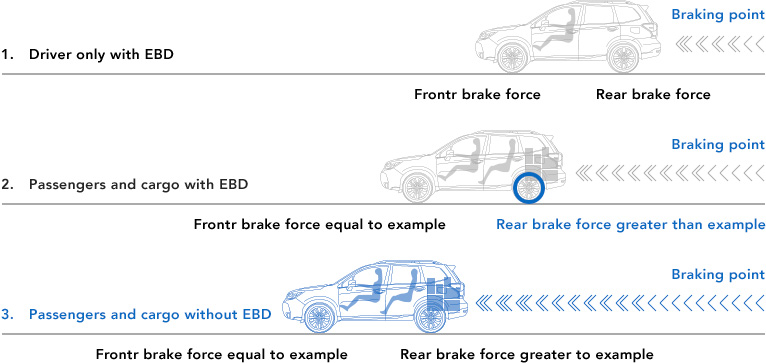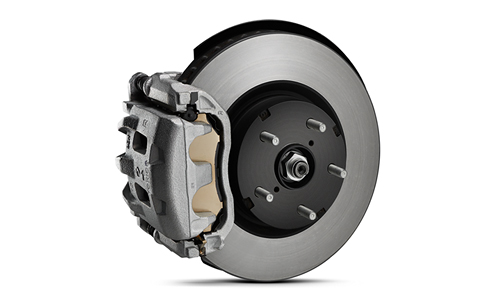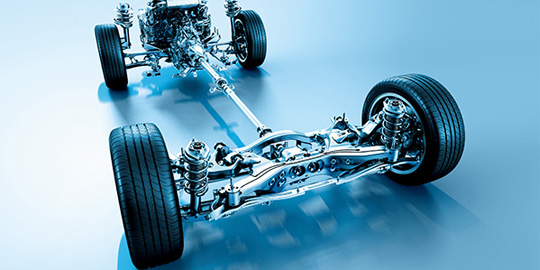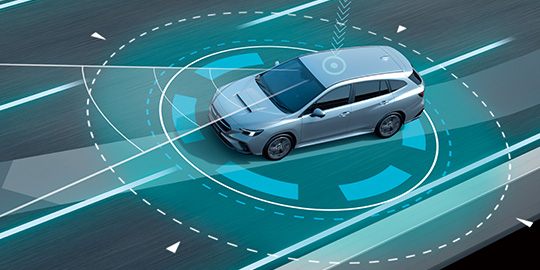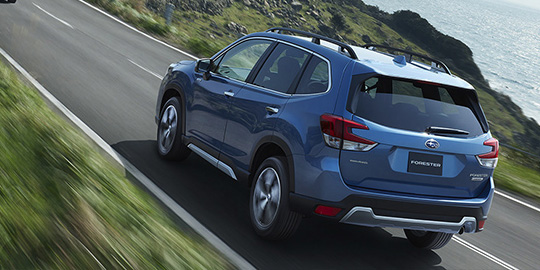Why Subaru: Safety
Active Safety
Fine-tuning base performance for better safety.
SUBARU has fine-tuned all the basic functions of a car – driving, turning and stopping – to develop cars that offer exceptional stability and predictable control. SUBARUs designed with such a high level of basic functionality are also designed to avoid dangerous situations with an outstanding reputation for safety.
Stability & Reliability
Outstanding traction and reliable drivability with the Symmetrical AWD system, and suspension with excellent control capabilities for car behavior that the driver expects. A highly-rigid and lightweight body for surefooted driving and higher levels of risk avoidance. The Hill-start Assist function also helps to reduce driver fatigue while on the road.
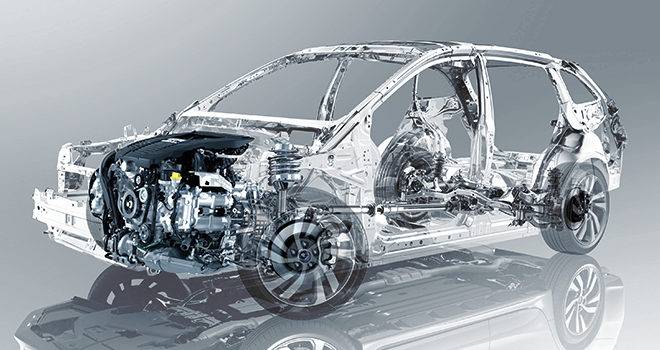
Traceability
Imagine being able to drive into a slippery corner on a snowy or rainy day without unpredictable car movement, turn exactly as intended through the corner, and head out of the corner smoothly. SUBARU includes a number of functions that make smooth cornering a reality.
Vehicle Dynamics Control
Vehicle Dynamics Control
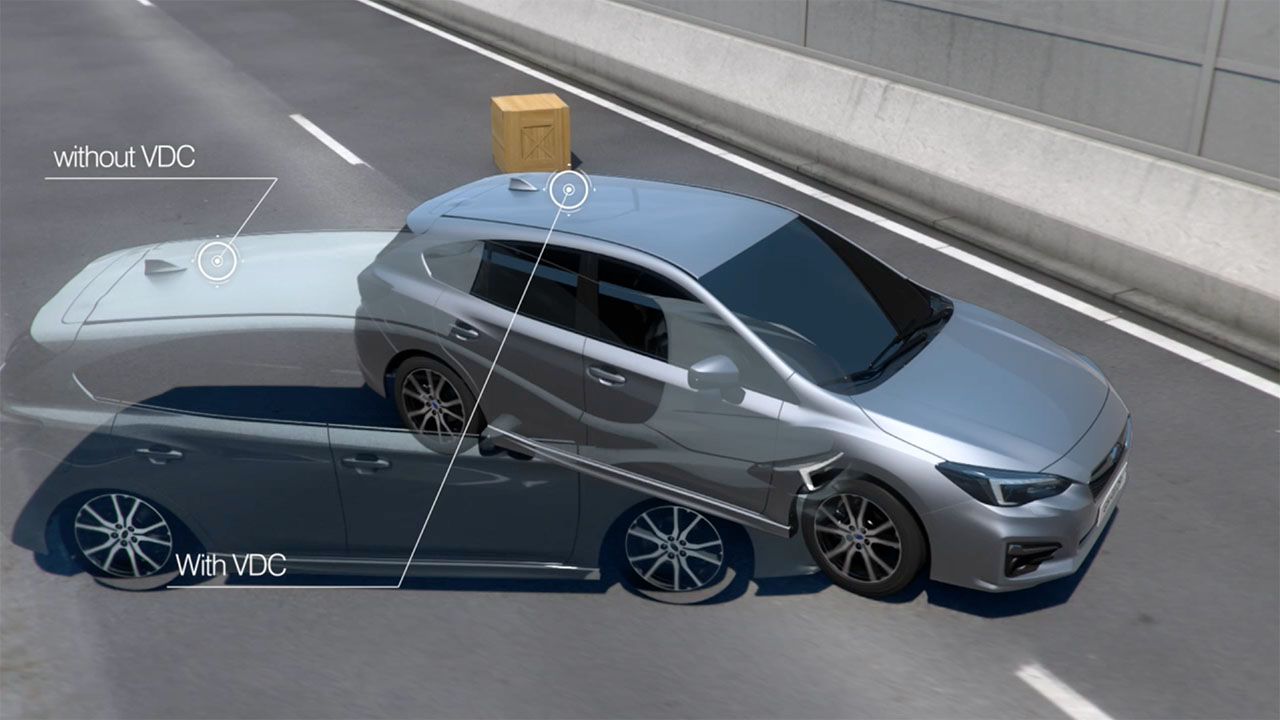
Track Mode
Active Torque Vectoring
Active Torque Vectoring
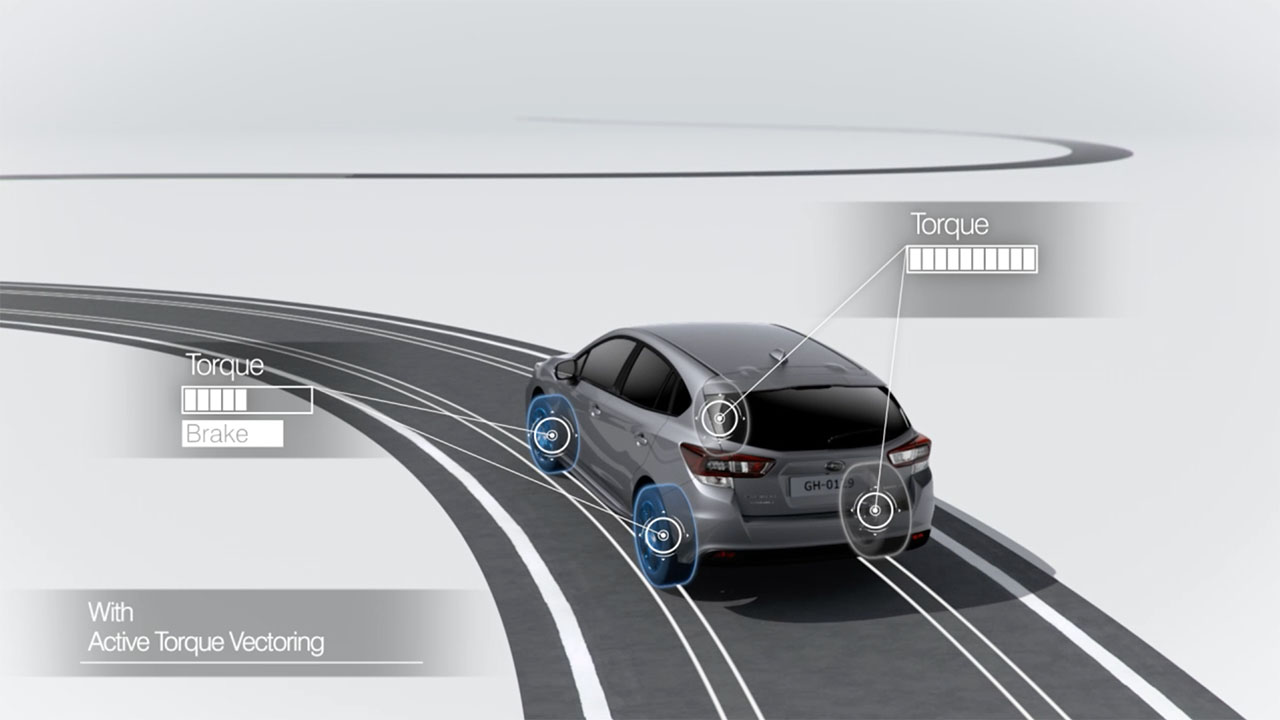
Stopping
Braking performance is directly related to a car’s safety and risk aversion capabilities. The key focus for SUBARU is peace of mind, and to achieve this, the brakes have been designed to respond quickly when applying them on almost any type of road.
Electric Brake-force Distribution (EBD)
